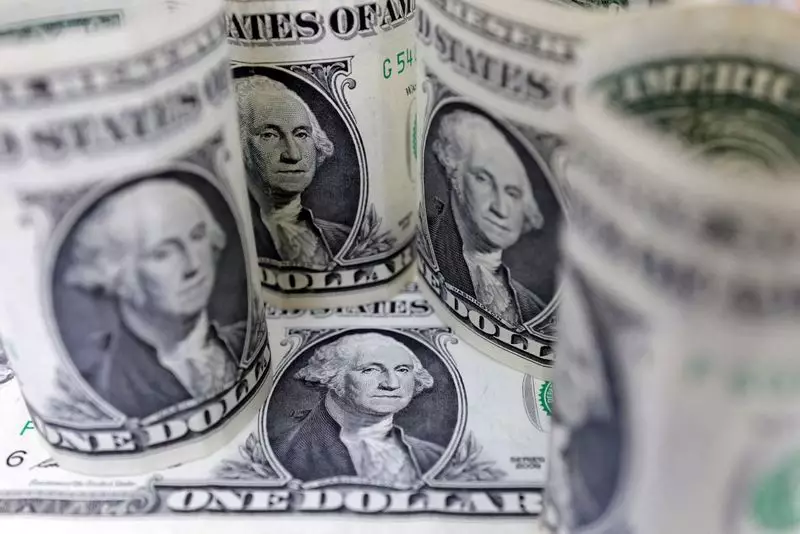After the release of U.S. data showing the first expansion in manufacturing since September 2022, the U.S. dollar maintained its position close to a 4-1/2-month high against major peers. This unexpected positive data resulted in traders delaying their expectations for the Federal Reserve’s first interest rate cut of the year. The dollar’s strength was further reinforced by a six-week peak against the euro and sterling, attained on Monday. Despite the strong performance of the dollar, fears of intervention by Japanese officials limited its gains against the yen. This was coupled with a significant increase in long-term U.S. Treasury yields to a two-week high, further impacting currency movements.
According to Westpac’s head of currency strategy, Richard Franulovich, the divergence in growth dynamics between the U.S. and other major currencies indicates that any dips in the dollar index should be viewed as buying opportunities. The Fed rate futures market now suggests a 61.3% probability of a rate cut in June, down from the previous week’s 70.1%, reflecting the evolving market sentiment. Market participants are closely monitoring the situation, considering the implications of potential policy changes by the Federal Reserve and other central banks.
The Japanese yen’s recent slide prompted concerns among Japanese authorities, leading to warnings of potential intervention to address disorderly currency movements. Despite the Bank of Japan’s interest rate hike last month, officials are proceeding cautiously with further tightening measures due to the delicate economic conditions following decades of deflation. Westpac’s Franulovich emphasized the need for balanced positioning in the event of interventions, indicating that plunges in USD/JPY below 150.00 could present buying opportunities once market dynamics stabilize.
While the U.S. dollar remained strong, the Australian and New Zealand dollars experienced fluctuations, with the Australian dollar holding steady after reaching a one-month low. The kiwi dollar also retreated slightly, approaching a 4-1/2-month trough. Gold prices edged up slightly after a brief dip from a record high, reflecting the influence of Treasury yields and market sentiment. Bitcoin, a leading cryptocurrency, showed a modest decline but maintained its range-bound trading pattern over the past week.
As currency markets react to shifting expectations regarding central bank policies and economic data, traders are closely monitoring developments in major currencies, including the U.S. dollar, euro, yen, and others. The interplay between economic indicators, interest rate expectations, and geopolitical factors continues to shape market sentiments and trading strategies. By staying informed and adapting to changing market conditions, investors and analysts can navigate the dynamic landscape of global currency markets with greater confidence and precision.


Leave a Reply